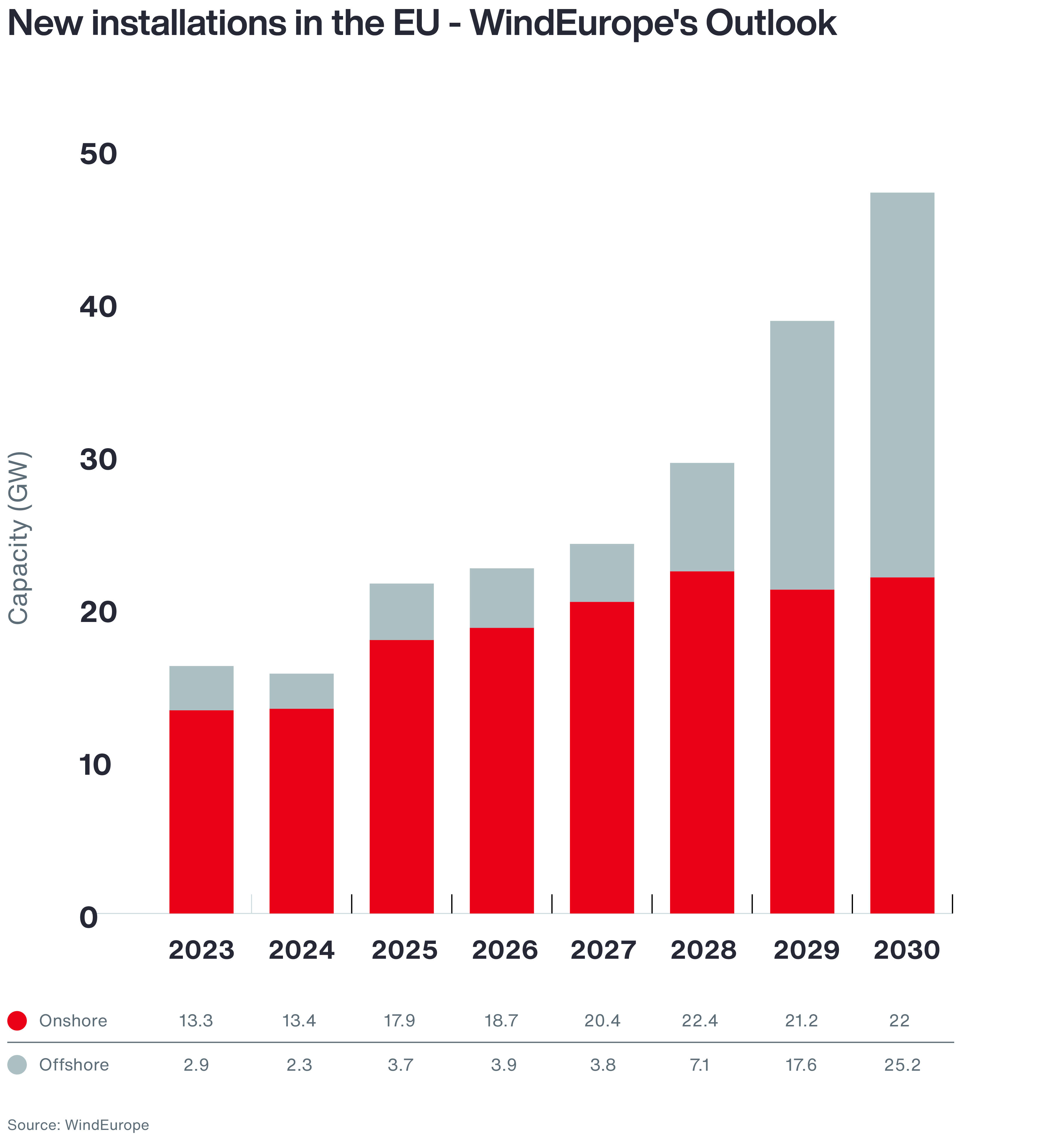When incidents occur, the cost of a MCR for a bottom-fixed offshore project is heavily influenced by the availability and cost of a JUV, as well as a suitable weather window. For a floating offshore wind project where a tow-to-port campaign is required for MCR for one or multiple wind turbines, there are additional cost factors to consider. These include:
- The cost and availability of a suitable port and crane
- The right weather conditions for disconnection and reconnection from the array
- Tow times to and from port
- The inherent risk of losing one or several wind turbines during tows
- The risk of leaving array cable and moorings disconnected at the site
Working Collaboratively with the Insurance Industry
Due to the limited track record of floating offshore wind when compared to fixed bottom offshore wind, the insurance market is on a learning journey.
Aon has been working closely with insurers and clients to accelerate this educational process and exchange information on topics such as technology, supply chain, construction and operations strategy, as well as associated risks. Project experience and resultant policy claims also naturally lead insurers to a greater understanding of floating offshore wind risks, which can in turn lead to the development of insurance policy terms to suit the new risk profile.
A project’s operations, maintenance strategy and business continuity planning can impact the amount of revenue insurers will be prepared to insure. Business interruption deductibles, for example, are set based on project risk profiles and loss experience with higher deductibles. This therefore impacts the level of indemnification to developers, potentially eroding margins. Deductibles will depend heavily on project plans for the supply of port and facilities, and crane and vessels in the event of an indemnifiable event requiring tow-to-port for remediation.
In addition, seasonal variations in weather windows have the potential to significantly impact offshore disconnection/reconnection works. Towage times for the units may also be affected, potentially leading to tiered deductibles for different scenarios.
Balancing Contract Risk
From a contractual perspective, risk allocation between the parties involved — in particular, between the original equipment manufacturer and the developer of the floating offshore wind project — is key to enhancing the insurability of projects and reducing the risk for project stakeholders.
The extent of warranties, indemnity provisions and long-term service maintenance agreements will also be closely reviewed by insurance markets. These will have an impact on the insurance terms and conditions.
This task can be challenging since legal teams generally have a strong knowledge of indemnity and warranty provisions, but more limited insurance knowledge. Insurers, on the other hand, are familiar with insurance clauses but generally not as experienced with contractual language. This knowledge mismatch furthers the need to work with a risk partner to close the gap and ensure the contract negotiations result in a balanced risk allocation.



































































































































